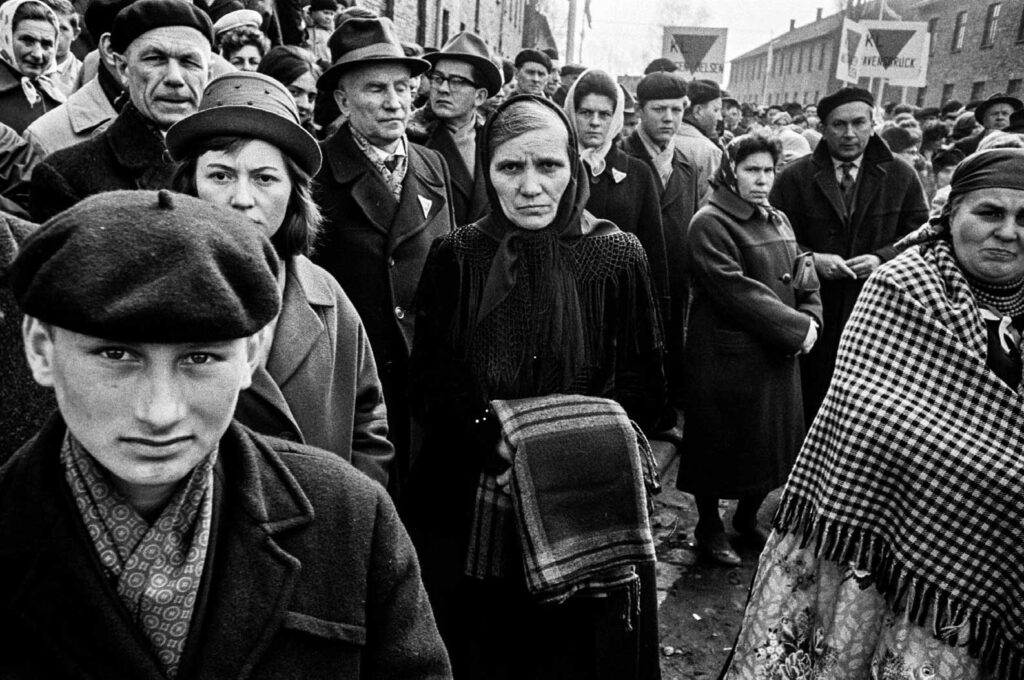Pavel Dias (1938–2021) is an important representative of Czech reportage and documentary photography. The beginnings of his career are associated with the city of Brno, where he attended the Secondary School of Applied Art and where he met one of his main mentors, Karel Otto Hrubý. In 1964, he was the first graduate in the specialized field of photography at FAMU. Pavel Dias was, along with Dagmar Hochová, Markéta Luskačová, and Josef Koudelka, a founding figure of Czech documentary photography.
The exhibition Torso – Memories for the Future presents what is probably Dias’s most important series in terms of both artistic quality and social impact. Although he first took a photographic interest in the subject of the Holocaust in 1963, his personal relationship to this tragic chapter in history dates back to childhood: His grandfather spent a part of the war in the Nazis’ concentration camps, from which his uncle never returned.
Pavel Dias approached this subject from the position of a humanist documentary, a format that formed the roots of his work and to which he remained faithful essentially for his entire life. The subject of the individual thrown into this world, with all it joys and hardships, was a central theme for his generation. Buchenwald, Auschwitz, Birkenau, Oranienburg, Ravensbrück, and Terezín presented him with a vast amount of emotions. In these places, Dias recorded not only the buildings and the exhibitions that mourned the incomprehensible disregard for human life; he also turned his camera on acts of remembrance, visits by survivors, and their joyful and touching reunions. He also captured how these memorials changed over the course of more than thirty years, as quiet places of memory became tourist destinations for millions of people, most of them with no personal connection to the horrors of the Second World War. The result is an absolutely unique documentary record.
Pavel Dias
Torso – Memories for the future
Technical information on the exhibition:
Format: B2–B1
(500 × 707 – 707 × 1000)
12–20 upright panels
Documents for printing in PDF format
Language versions: Czech, English
Educational program
Also included are PR materials in the form of an exhibition poster and invitation.
Actual scope and format to be specified according to the exhibitor’s possibilities.
Contact: produkce@pamatnikticha.cz


